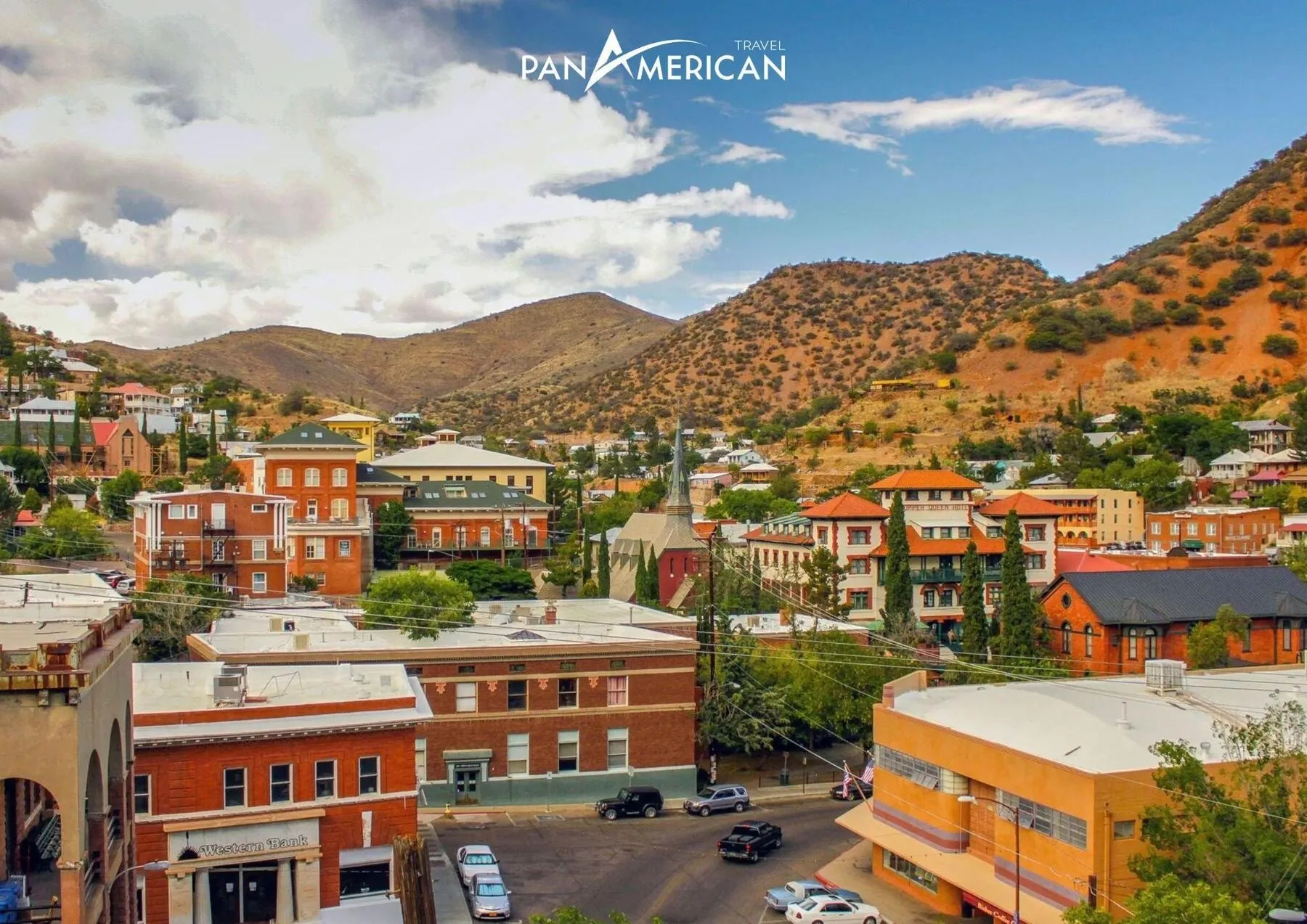Arizona, famed for the majestic Grand Canyon and sprawling deserts, might not be the first place that comes to mind when you think of the aurora borealis. However, with its clear night skies and low light pollution, Arizona offers unique opportunities to witness this magical natural phenomenon. Let’s explore the best locations where you can experience the shimmering aurora in the Arizona sky.
Understanding the Aurora and Viewing Conditions
The aurora, also known as the Northern Lights (Aurora Borealis) or Southern Lights (Aurora Australis), is a spectacular natural light display in the sky, predominantly seen in high-latitude regions. Auroras are the result of disturbances in the magnetosphere caused by solar wind. These disturbances are sometimes strong enough to alter the trajectories of charged particles in both solar wind and magnetospheric plasma. These particles, mainly electrons and protons, then precipitate into the upper atmosphere (thermosphere/exosphere). Ionization and excitation of atmospheric constituents caused by collisions between the precipitating particles and atmospheric atoms and molecules leads to emission of light of varying color and complexity.
To observe the aurora, certain conditions are necessary:
- Strong solar activity: Auroras are more likely to occur when there is increased solar activity, leading to a greater influx of charged particles into space.
- Dark night skies: Light pollution from major cities can obscure the aurora. Therefore, areas far from urban centers with clear, dark night skies are ideal for viewing.
- Good weather: Clear, cloudless skies are essential for visibility.
- Geographic location: While auroras are typically seen at high latitudes near the poles, under specific conditions, they can be visible in more southerly regions, such as Arizona.
Can You See the Aurora in Arizona?
The answer is yes, but it’s not always easy. Arizona is not located in the auroral zone, so observing this phenomenon requires patience, luck, and specific conditions. However, with its dark and clear night skies, especially in rural areas, Arizona has the potential to offer memorable aurora viewing experiences.
Ideal Locations for Aurora Viewing in Arizona
Here are some highly-rated locations for aurora observation in Arizona:
1. Flagstaff
Located at an elevation of over 7,000 feet (2,100 meters) above sea level and far from major cities, Flagstaff boasts some of the darkest night skies in the United States. Lowell Observatory, where Pluto was discovered, is also located here, highlighting the exceptional quality of Flagstaff’s night skies. Beyond being a gateway to the Grand Canyon, it’s an ideal destination for stargazing and potentially witnessing the aurora.

Alt: Flagstaff city skyline at night with stars, an ideal location for aurora viewing in Arizona.
2. Grand Canyon Area
The Grand Canyon is renowned for its daytime grandeur, but at night, it transforms into an incredible location for stargazing and astronomical phenomena. The North Rim of the Grand Canyon has less light pollution than the South Rim, providing better conditions for observing the aurora if the opportunity arises.
3. Sedona
Sedona is famous for its red rock formations and spiritual energy, but it also possesses reasonably dark night skies. While light pollution can be an issue in some areas, finding a spot away from the town center might offer a chance to witness the aurora against the unique backdrop of red rocks.
4. Rural Northern Arizona
Rural areas in northern Arizona, particularly near the Utah border, can be excellent destinations for aurora viewing. Seek out locations far from towns and cities where the night sky is truly dark and clear.
5. Kitt Peak Observatory
Situated atop Kitt Peak, this observatory is a leading astronomical research center in the world. With exceptionally dark night skies and state-of-the-art equipment, it’s a fantastic place to observe astronomical events, including the aurora if conditions permit.
Tips to Increase Your Chances of Seeing the Aurora in Arizona
- Monitor weather forecasts and solar activity: Space weather forecast websites and apps can help you know when aurora activity is likely.
- Check light pollution maps: Light pollution maps will help you locate the darkest areas in Arizona.
- Plan ahead: Book accommodations and transportation in advance, especially if you plan to travel during peak season.
- Prepare equipment: Bring a flashlight, warm clothing, a camera, and binoculars for the best aurora viewing experience.
- Be patient: The aurora is an unpredictable natural phenomenon, so be patient and prepared to wait.
Must-Try Foods in Arizona
After a long night of aurora watching, replenish your energy with Arizona’s culinary specialties:
- Sonoran Hot Dog: A unique hot dog variation featuring bacon-wrapped sausage, beans, tomatoes, onions, jalapenos, and mayonnaise.
- Navajo Taco: Crispy frybread topped with ground beef, cheese, lettuce, tomatoes, and sour cream.

Alt: Navajo taco, a signature dish of Arizona, featuring a unique combination of crispy frybread and flavorful toppings.
- Chimichanga: Deep-fried burrito filled with chicken, beef, or beans, cheese, and salsa, guacamole, or sour cream.
Conclusion
While not a typical aurora viewing destination, Arizona still presents unique opportunities to witness this wondrous natural phenomenon. With dark night skies, remote locations, and a bit of luck, you might have an unforgettable aurora viewing experience in Arizona. Prepare thoroughly, monitor space weather forecasts, and explore areas with minimal light pollution to increase your chances of witnessing the magical beauty of the aurora in the Arizona sky.